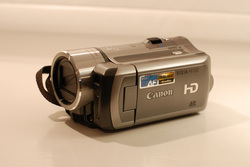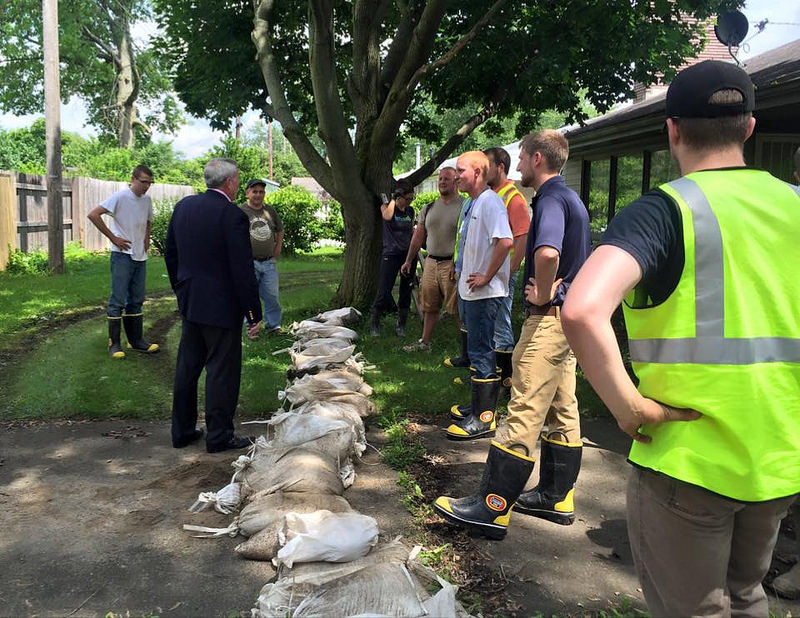|
At the foundation of a fair and open government is transparency. Clear communication between the government and constituents leads to greater public trust, civic engagement, and effective policies. This is where the public affairs part of public relations comes in.
Social media and the internet make it easier than ever for local governments to keep their constituents informed. Unfortunately, however, we find that many governmental units are still stuck in the last century. Many also cling to the instinct of no news is good news, putting out press releases only in crises.
0 Comments
Timeliness: For reporters, it’s one of the most important elements of a story. It can determine whether your big announcement has five journalists writing about it or none. But what is timeliness exactly, and how should you utilize it in your PR strategy?
According to dictionary.com, to be “timely” is to be “occurring at a suitable time; seasonable; opportune; well-timed.” In the media world, a timely story has some sort of “hook” that makes it relevant to the day’s news and events. Timeliness answers the question “Why am I hearing about this now?” for the public. Never underestimate the power of brevity. Keeping your message short and sweet increases the odds your audience will stick around to hear everything you have to say. As demonstrated in this article and others, many readers don’t make it past the headline of an online article-- let alone if they have to scroll down the page.
Offline, too, brevity can grant you an air of confidence and competence-- whether in a presentation, press conference, or interview. The trick is knowing when you do need to go into detail: some complex issues or crisis events may require more than 140 characters on Twitter. Find the sweet spot between rambling and a paucity of information, and your message will come across loud and clear. The internet and social media make it easier than ever to spread information (factual or not) like wildfire. If your company or organization has big news to share, choosing to make a big announcement gives you more control over the message and tone of your news (rather than waiting for the media to find out on its own).
Here are three things to consider before making big announcements:
Think through the possible scenariosIt's one thing to say you're going to prepare for a crisis, but quite another to take the additional steps of assessing what possible crises you might face in the future. In other words, there is no one specific crisis that may occur.
So, one of the first steps in crisis planning is an accurate assessment of what might go wrong that could trigger the need to communicate with the public, employees and/or stakeholders. Think it through and you'll likely come up with several possible scenarios.  Earned media is one of the most effective ways to tell your story. By having a credible news organization or online publication carry about a story about you or your products and services, you will reap incredible benefits. But, earned media is called "earned" for a reason. You have to work at it. It takes one's proverbial blood, sweat and tears, not to mention time. Unfortunately, many people don't have the patience for an earned media campaign. They want instant results. I once heard a successful businessman say that he demanded to know of a prospective public relations firm just how many placements he could expect for his monthly retainer. When the firm couldn't guarantee a specific number he said he wasn't interested.  Media advisories are a well known tool to alert members of the media to an upcoming news event. It could be a press conference, an interview opportunity with an expert or a ribbon-cutting ceremony. Advisories are typically matter of fact -- who, what, when, where, etc. What you may not realize is that advisories that offer a short video can maximize your chances of generating interest. Here are just three reasons.  Variety is the spice of life, and yet how many companies, organizations and individuals forget that important pearl of wisdom when it comes to media relations and public relations. It's tempting to think that if you schedule a press conference or send out a press release and nobody covers your story, that you have to forget it and move on. In reality, there may be numerous reasons you got little or no coverage and few could have to do with the actual story. Before giving up hope, consider recasting your story with a slightly different angle or hook and try again in a few weeks.  One thing you can be pretty sure of: one day's news coverage is not the final say on any single subject. In other words, just because the media seemingly ignored your story one day doesn't mean that's the end of the story. When it comes to media relations, there may be several reasons your story didn't gain any traction with reporters, many of which had little to do with the story itself. |
tags
All
Archives
March 2019
|
Photos from Meet the Media Guru, Joseph.Morris, BoldContent, MDGovpics, Grzegorz Łobiński, Mr Moss, North Charleston, ITU Pictures, wistechcolleges, .v1ctor Casale., www.audio-luci-store.it, katielips, editor64, NeighborLink Fort Wayne, AMagill, timsackton, MyFWCmedia, Matt J Newman, Mr.TinDC, Skley, mikecogh, othompsonski, wayne's eye view, Elvert Barnes, woodleywonderworks, North Charleston, MoBikeFed, flossyflotsam, North Charleston, NYCDOT, US Mission Geneva, jjandames, aalborgstift, BurnAway, A. Germain, North Charleston, NCDOTcommunications, IAEA Imagebank, The Chapman Cultural Center, hitsnooze, Wiertz Sébastien, charliekwalker, cliff1066™, TheeErin, woodleywonderworks, dane brian, Aramil Liadon, 2010 World Wheelchair Basketball Championships, Ty Nigh, freddthompson, Nadia Szopinska, west.m, stormwarning., Bright Meadow, Giorgio Montersino, Chris Erwin, Aplomb, jfingas, joce01_y, Massachusetts Dept. of Environmental Protection, Kevin Walter, Andrew Feinberg, Yan Arief, kellypretzer, Korean Resource Center 민족학교, veDro - l'Italia al futuro, crdotx, US Mission Geneva, Joe Shlabotnik, esocialmediashop, Stephen Cummings, CarbonNYC, sidewalk flying, MoBikeFed, marksdk, Marco Raaphorst, Saleel Velankar, adactio, edkohler, World Economic Forum, USACE Europe District, stereogab, Florin Rosoga, MikeSchinkel







